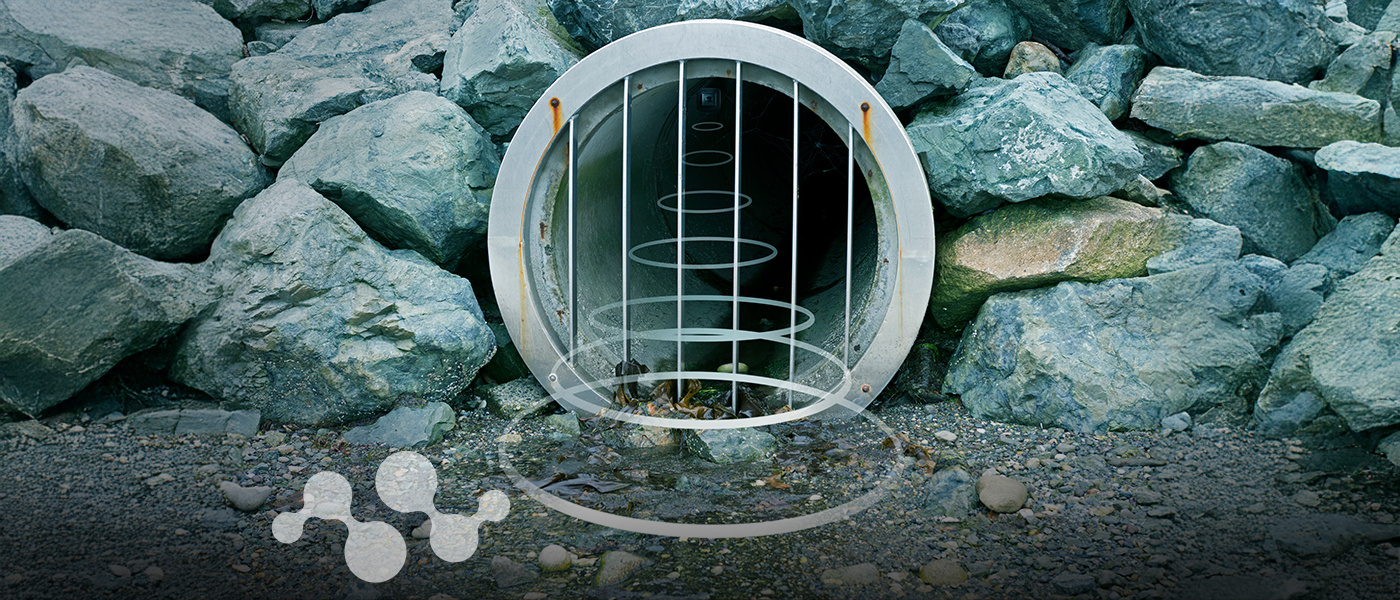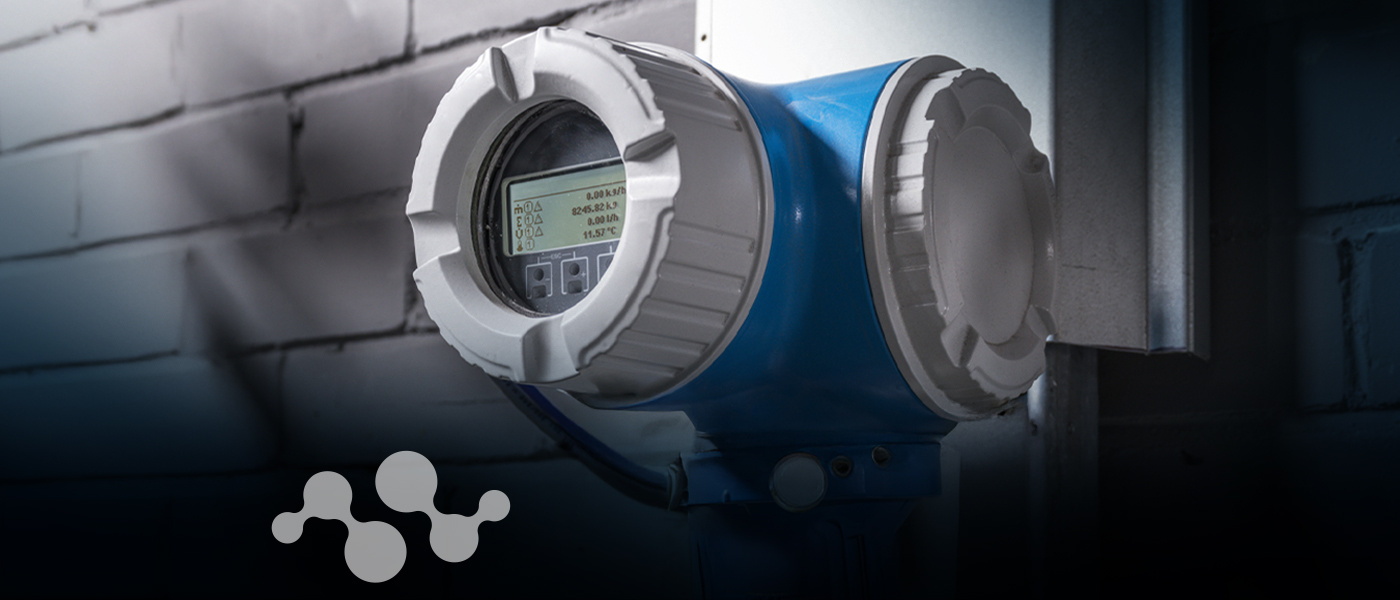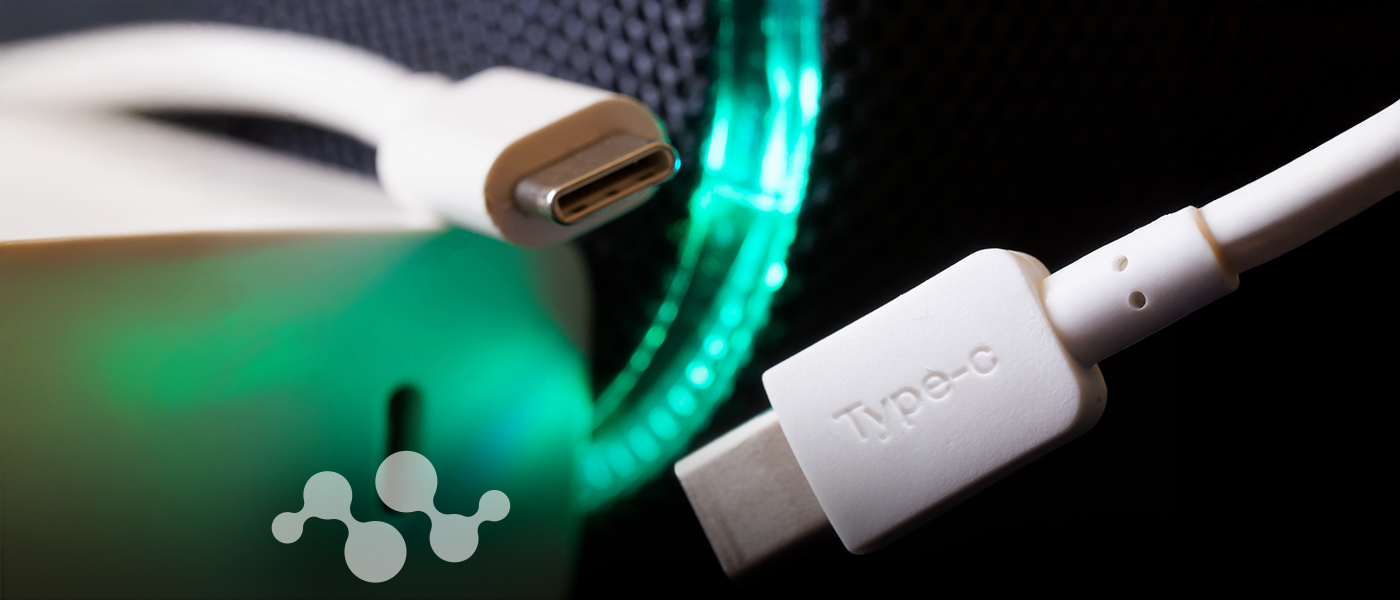Overview
The GS2988 is a SMPTE-compatible, dual-output cable driver which supports data rates from 270Mb/s to 2.97Gb/s. The GS2988 is a high-speed BiCMOS integrated circuit designed to drive one or two 75Ω coaxial cables.
The GS2988 may drive data rates up to 2.97Gbps and provides two selectable slew rates in order to achieve compliance to SMPTE 424M, SMPTE 292M and SMPTE 259M. The GS2988 accepts industry-standard differential input levels including LVPECL and CML.
Input trace equalization compensates for up to 10 inches of FR4 trace loss. This feature can be disabled using the EQ_EN pin. The DISABLE pin powers-down the output driver, leaving the serial data output in a high-impedance state. The GS2988 features adjustable output swing using an external bias resistor. The single-ended output swing is adjustable from 500mVpp to 1800mVpp. An output signal presence function, the OSP pin, indicates whether an active signal is present at the output of the GS2988.
The GS2988 can be powered from either a 3.3V or a 2.5V supply. Power consumption is typically 125mW using a 2.5V power supply.
The GS2988 is Pb-free, and the encapsulation compound does not contain halogenated flame retardant. This component and all homogeneous subcomponents are RoHS compliant.
The GS2988 is drop-in compatible with Semtech's GS6080 6G UHD-SDI cable driver.
Order Codes
- GS2988-INE3: Lead-Free, RoHS Compliant, Tray-490 Pieces
- GS2988-INTE3: Lead-Free, RoHS Compliant, Tape and Reel-250 Pieces
- GS2988-INTE3D: Lead-Free, RoHS Compliant, Tape and Reel-500 Pieces
- GS2988-INTE3Z: Lead-Free, RoHS Compliant, Tape and Reel-2500 Pieces
PB Free/ROHS
Learn More →Features
- SMPTE 424M, SMPTE 292M and SMPTE 259M compliant
- Supports data rates from 270Mbps to 2.97Gbps
- Input signal trace equalization
- Wide common-mode range input buffer
- 100mV sensitivity
- Supports DC coupling to industry-standard differential logic
- On-chip 100Ω differential data input termination
- Supports DVB-ASI at 270Mbps
- Differential coaxial-cable-driving outputs
- Selectable slew rates
- Adjustable output swing from 500mVpp to 1800mVpp
- DISABLE control
- Robust output signal presence function
- Excellent output eye quality
- Power supply operation at 3.3V or 2.5V
- 125mW power consumption (2.5V supply)
- Operating temperature range: -40°C to +85°C
- Small footprint QFN package (4mm x 4mm)
- Drop-in compatible to the GS2978
- Pb-free and RoHS compliant
| Documents | Release Date | Type | |
|---|---|---|---|
| GS2988 Datasheet | 2018-11-14 | ||
| Recommended Semtech Video Product Evaluation and Reference Design Boards | 2023-04-03 | ||
| Recommended Semtech Video Product Evaluation and Reference Design Boards | 2024-09-21 | ||
| Recommended Semtech Video Product Evaluation and Reference Design Boards | 2025-02-25 | ||
| GS2988/GS2989 Customer Reliability Qualification Report | 2021-07-06 | ||
| EB-3GSRD Evaluation Board User Guide | 2019-07-17 | ||
| GS2988 IBIS Model | 2019-03-02 | ZIP | |
| Documents | Release Date | Type | |
|---|---|---|---|
| EBK-3GSRD Evaluation Board Kit Software | 2020-08-27 | EXE | |
Applications
- Audio De-embedders
- Audio Embedders
- Camera
- Camera Control Units
- Distribution Amplifiers
- Encoders/Decoders
- Format Detectors
- Master Control Switchers
- Monitors, Multiviewers
- Production Switchers
- Routers
- SMPTE 424M, SMPTE 292M and SMPTE 259M coaxial cable serial digital interfaces
- Test and Measurement Equipment
- Up/Down/Cross Converters
- Video Capture Cards
- Video Servers
- Video Tape Recorders
Inventory
| Product | Country | Distributor | Qty | Buy |
|---|
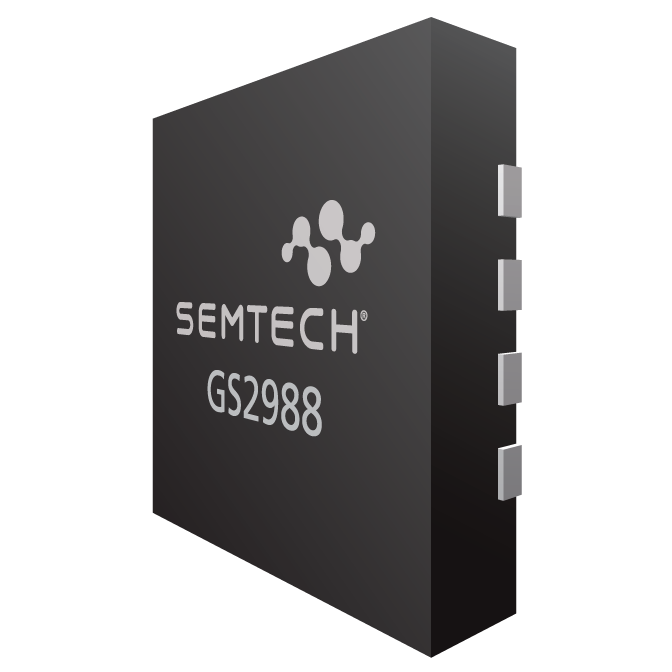
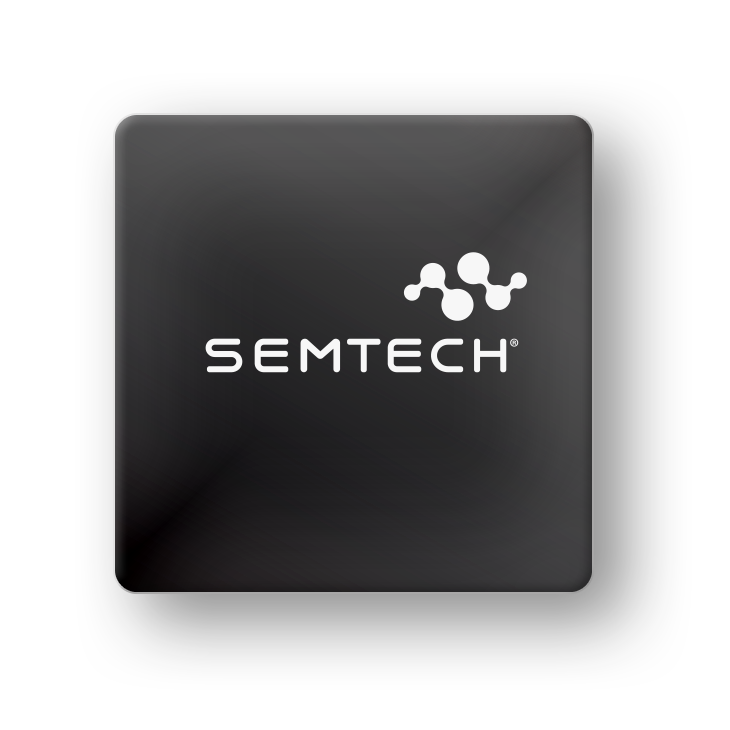

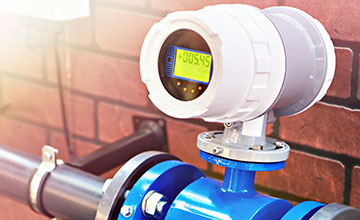














.png)













